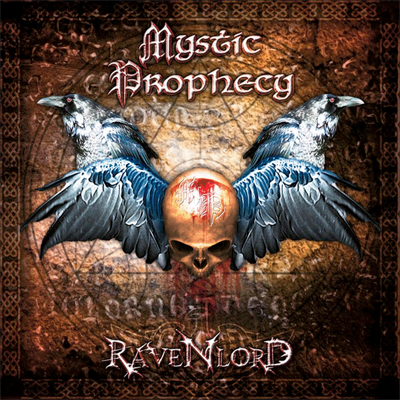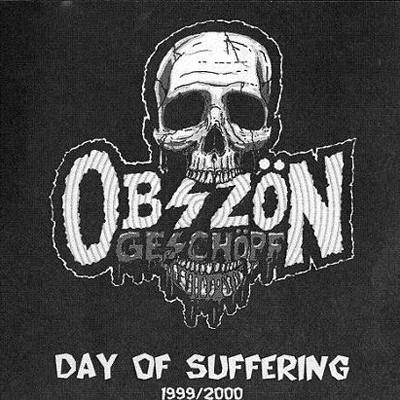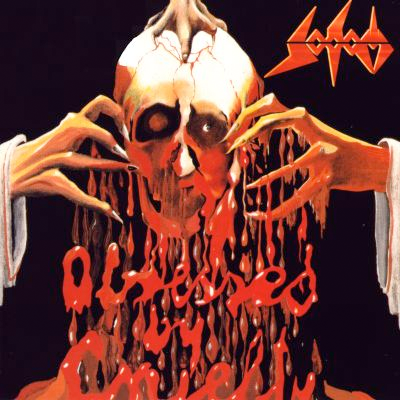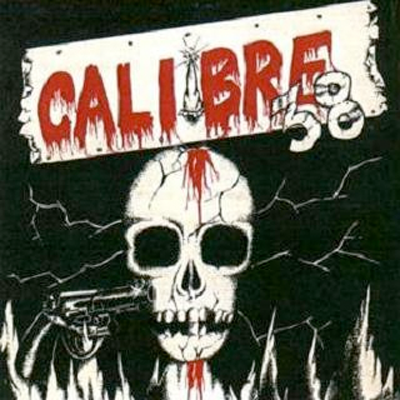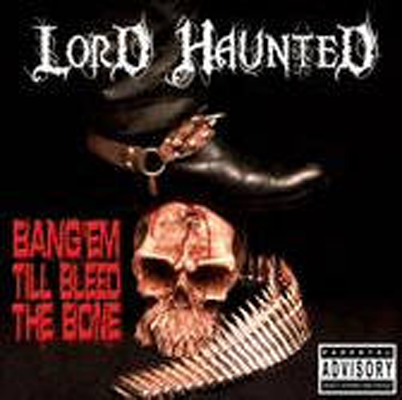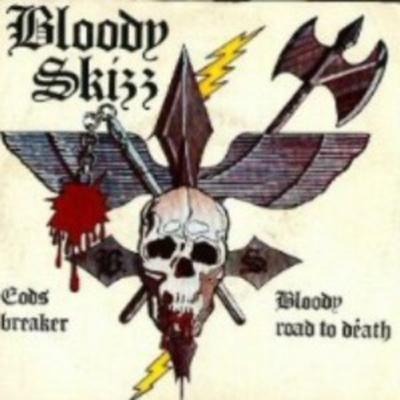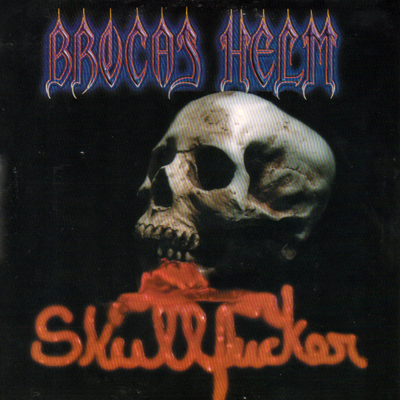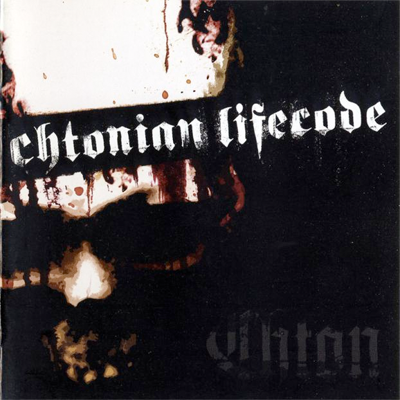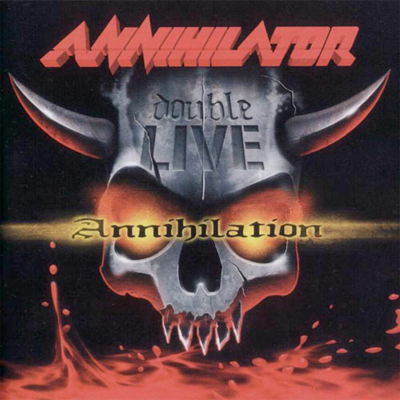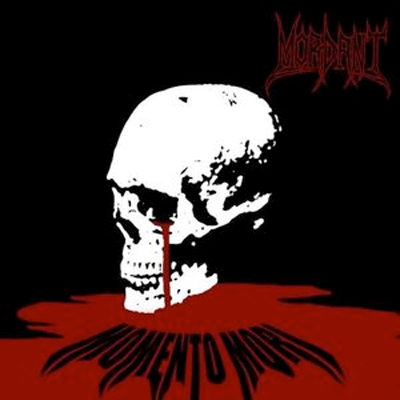
MORDANT, Momento Mori (2004, Agonia)
The skull:
This art has the cute handmade look of someone who just learned to silkscreen last semester. It’s a striking design that would work well on a shirt, aside from the ugly logo that was clearly pasted in after the fact. It’s a nice touch that the pool of blood appears to be skulltears. I guess when you don’t have eyelids or any other soft tissue on your face, the tears just pour out in a single stream. This is just one of the many day-to-day things a skull has to deal with that have literally never occurred to me before. My long tenure in the service of The Council has certainly made me more empathetic to such skullish concerns.
The music:
Ever wonder what it would sound like to cross Motley Crue and Bathory? How you answer that question will more or less predict how much you like Mordant, who trade in a nearly even mix of early black metal and L.A. proto-hair metal. The mix works pretty well, all things considered. You get a kind of raspy growl, not entirely unlike early David Vincent, on top of riffs that Mick Mars could easily play, and which pedal on the A string instead of the E (or whatever the hell they’re tuned to. I don’t have perfect pitch and I’m not going to bother to figure this out right now.) The production is super boxy and bass-heavy but it sounds cheap in more or less the ways people like, when they listen to goofy retro shit like this. My research indicates that Mordant are frequently compared to Nifelheim, but that’s a band I never cared for, so I can’t say one way or the other, but I guess if this is what Nifelheim sounds like, well, maybe I’d like them if I tried again. Who knows. It’s not that Mordant is my new favorite thing ever, and I probably won’t even buy it, but listening to Memento Mori for this review wasn’t at all unpleasant. It’s hard to ask for more in this line of work!
— Friar Johnsen
